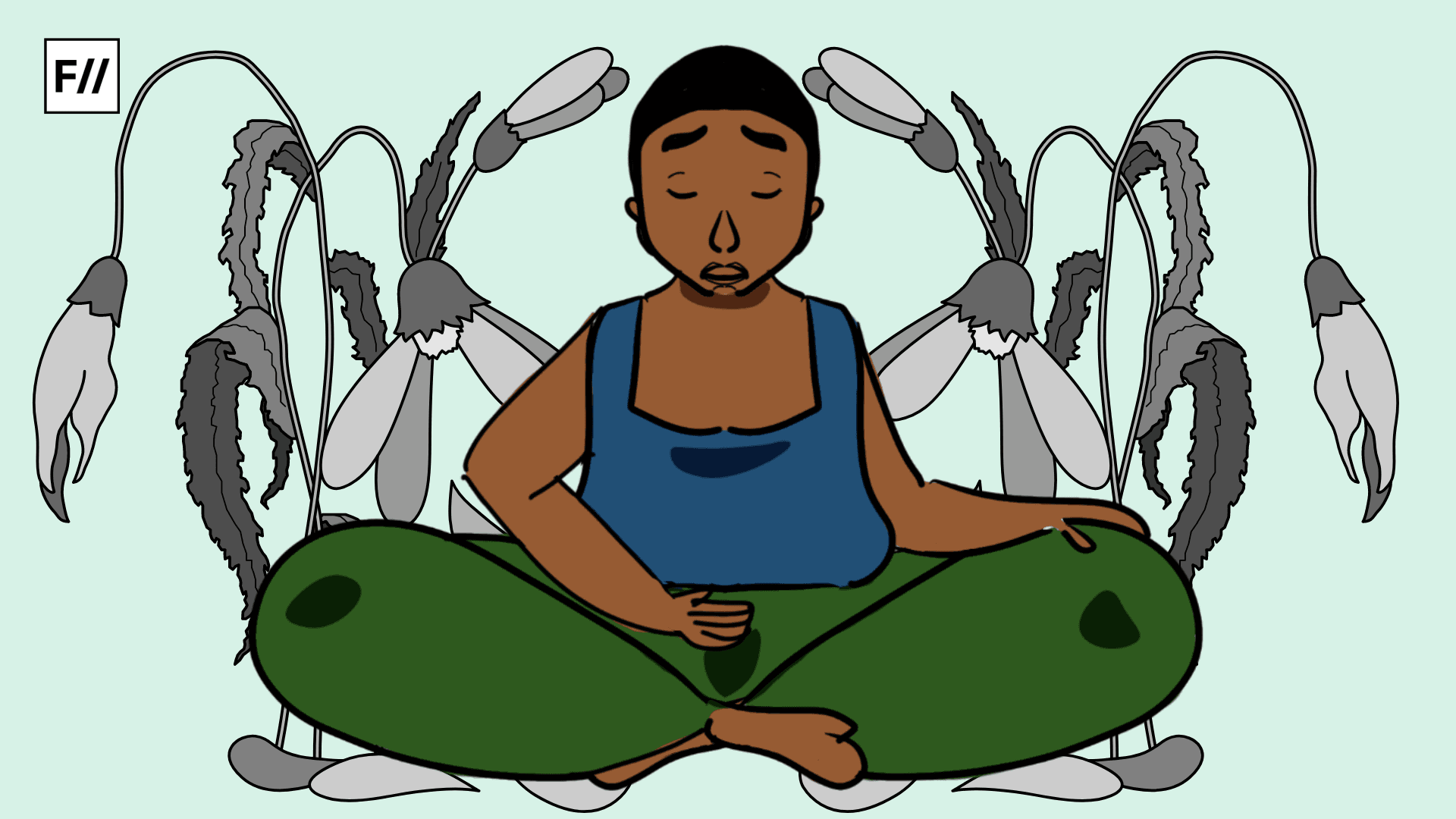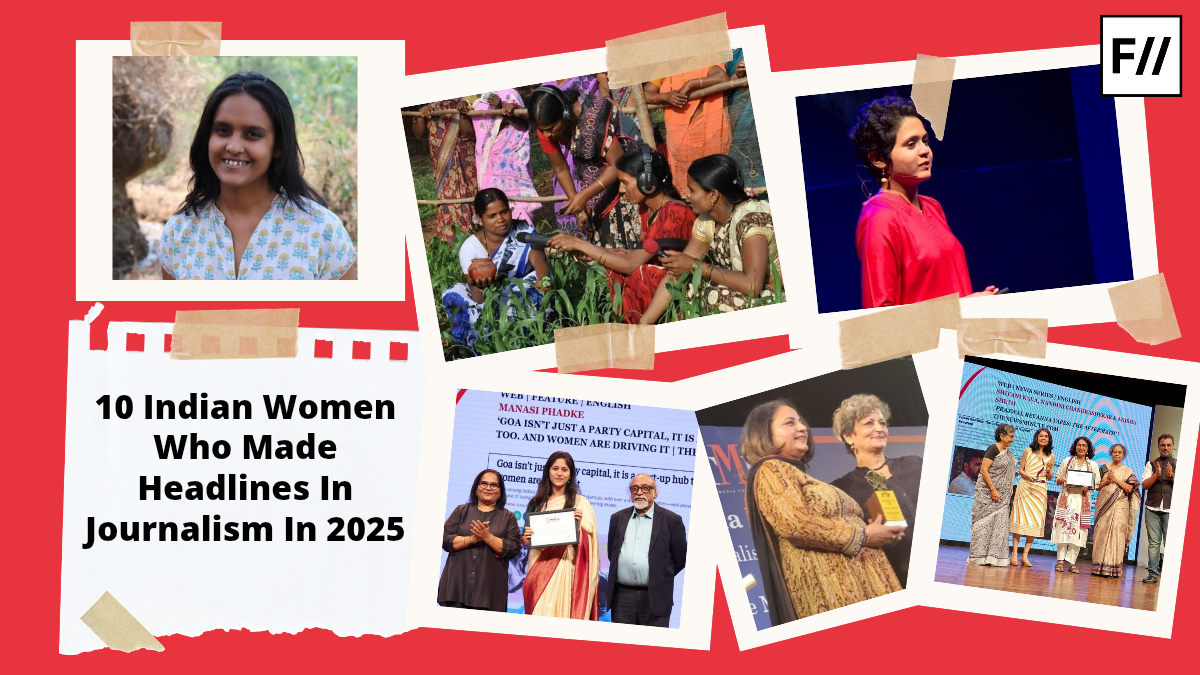While pain is a universal human experience, the treatment of it varies greatly depending on the individual experiencing it. Across the globe, women are more likely to encounter delayed diagnoses, receive inadequate pain relief, or have their symptoms dismissed as emotional or exaggerated. This disparity is known as the gender pain gap — a persistent and harmful divide in medical systems that responds to pain based on gender.
While science claims objectivity and impartiality, the personal accounts of women across cultures reveal a troubling reality, a deeply rooted gender bias that diminishes their suffering.
Systemic neglect: How medicine continues to fail women in pain
Our healthcare systems claim to offer equality but the gender pain gap reveals a harsh reality: women’s pain is often dismissed or underestimated. Despite medical advancements, these problems persist and impact women of all demographics. Research continues to confirm what many women have long known from experience: their pain is too often dismissed. Women are more likely to face disregard, even when they report the same symptoms as men.
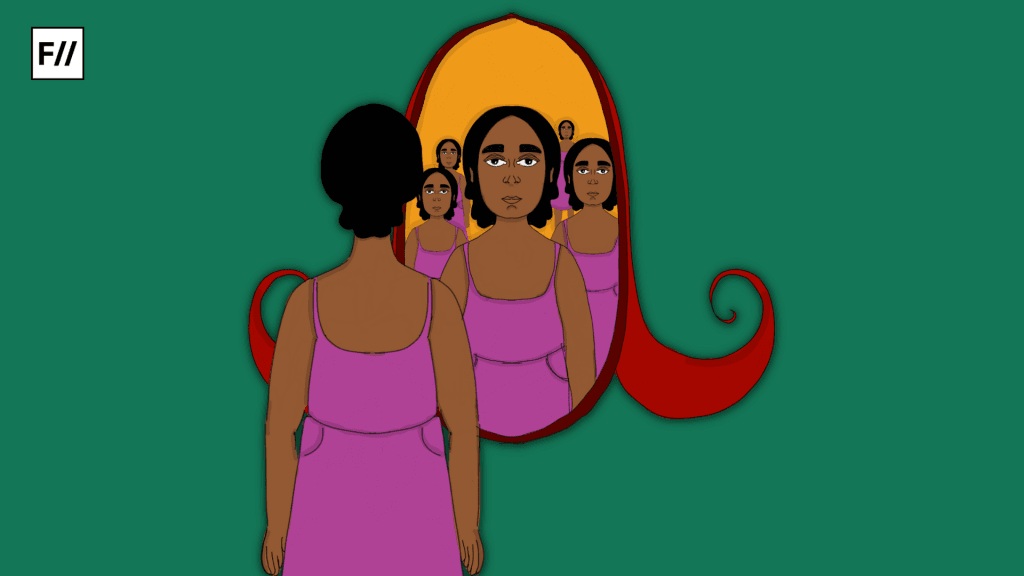
A 2024 study published in Proceedings of the National Academy of Sciences looked at over 21,000 emergency room visits in the U.S. and Israel—and the findings were clear. Women’s health concerns were more likely to be downplayed or overlooked, reinforcing the systemic bias that continues to put their well-being at risk. This isn’t just a minor discrepancy but a revelation of systematic bias deeply embedded in medical practices.
Historically women’s health issues have been overlooked. A classical example of this can be women being labelled as “hysterical or emotional,” leading to their pain being dismissed. This gendered bias is partly due to a lack of research being conducted on women’s health issues. Most studies have been conducted on male subjects, further leading to a mistreatment of women’s pain in healthcare.
Real-life accounts: Women denied adequate pain relief
Every statistic on the gender pain gap is rooted in a personal experience of frustration, dismissal, and prolonged suffering. There have been many cases where women endured debilitating pain before receiving accurate diagnoses. For example, a woman’s endometriosis was initially misdiagnosed as appendicitis, leading to unnecessary surgeries and further complications.

Similarly in the UK, a 2024 parliamentary hearing about birth trauma uncovered widespread instances of women being denied proper pain relief during childbirth. There have been more than 1,300 testimonies detailing instances where women were dismissed, ridiculed or subjected to procedures without consent; many also reported severe postnatal neglect.
These stories are not isolated incidents but reflections of systematic issues within healthcare systems. These bring to light a recurring pattern of women’s pain being downplayed or attributed to psychological factors leading to delayed diagnoses and inadequate treatment.
While these personal stories reveal the consequences of dismissing women’s pain and overall medical neglect, these issues are deeply embedded in medical research and practices that have historically neglected women’s health.
The science behind the bias: Medical research and gender
The recurring dismissal of women’s pain isn’t just a cultural issue but a reflection of how modern medicine was built. Historically medical research has focused on male autonomy, leaving female physiology underexamined. Women were excluded from clinical trials until the 1990s due to concerns about hormonal functions and potential risks. As a result, so much of what we understand about women’s autonomy and healthcare is based on male data. This further creates a gender gap in diagnosis and treatment protocols.
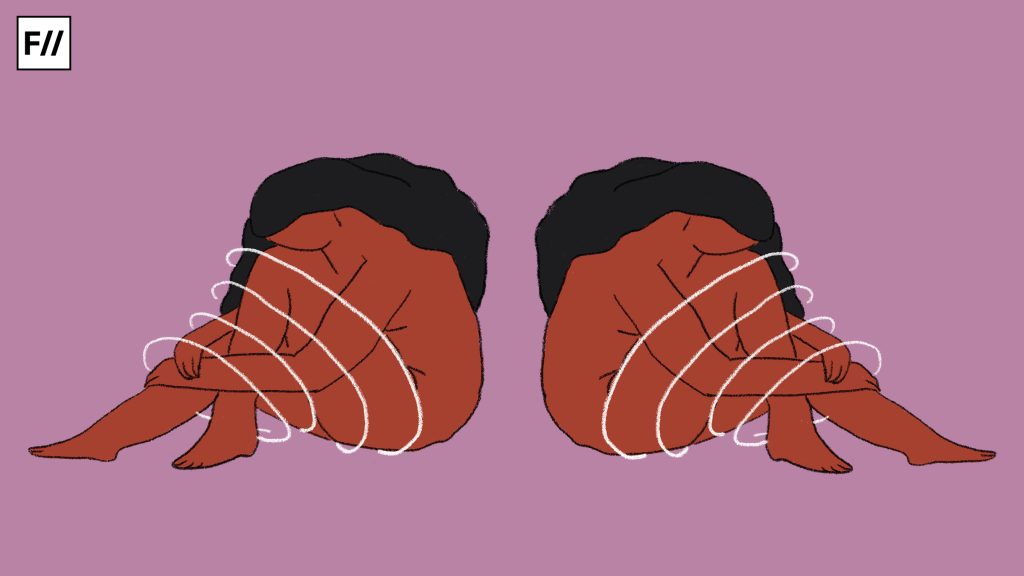
The gap in scientific understanding of female autonomy has serious implications. Disorders that predominantly impact women, such as endometriosis, fibromyalgia, and various autoimmune diseases, are frequently overlooked or misdiagnosed.
These stories are not isolated incidents but reflections of systematic issues within healthcare systems. Instead of receiving painkillers, many women are still being prescribed sedatives, reflecting old, harmful ideas that their pain isn’t physiological but emotional. This isn’t just a medical issue but a form of systemic discrimination that needs to be called out.
These ingrained biases directly shape the dismissive treatment many women face. When medical education, literature, and research are centred around male bodies, healthcare providers often unintentionally internalise and replicate these patterns, not simply a matter of individual prejudice but of an entire system that privileges one kind of body over another.
The result? A persistent gender gap in pain management, where science itself contributes to the silencing of women’s suffering. But scientific neglect doesn’t occur in isolation; it deeply intersects with social structures like class and race, which often make neglect worse for marginalised women.
The intersectionality of pain: Race, class, and gender
It is essential to understand the intersection of race, class, and gender to understand the gender pain gap. Systematic inequalities ensure that the burden of medical neglect falls heaviest on women from marginalised communities: Dalit, Adivasi, and working-class groups, whose pain is often dismissed, devalued, or outright ignored.
In April 2025, a 13-year-old Dalit girl in Tamil Nadu was forced to sit on the staircase outside her classroom to write an exam because she was menstruating. Her pain, instead of being acknowledged with dignity or support, became a public spectacle. The incident triggered public outrage and led to a departmental inquiry that goes on to reflect how caste and menstrual stigma intersect to criminalise and shame basic bodily experiences. In the United States, there have also been cases where Black patients, including women, are less likely to receive proper healthcare compared to their white counterparts.
Such incidents are far more common than they should be. There have been multiple cases across rural clinics where women from marginalised groups, like Dalit or Adivasi women, were denied anaesthesia during procedures or shamed for seeking reproductive care. The absence of cultural sensitivity and accessible healthcare for marginalised women shows how pain is recognised differently, not only based on gender but also on class.
The economic and social implications
The economic impact is stark, as women who are dealing with untreated medical issues are more likely to miss work and carry out daily responsibilities. This not only impacts their income but also puts a financial strain on their families, especially in rural areas. The cultural stigma around women’s health, particularly reproductive pain, further discourages them from seeking treatment and worsens the economic toll. The gender pain gap has significant economic and social consequences.
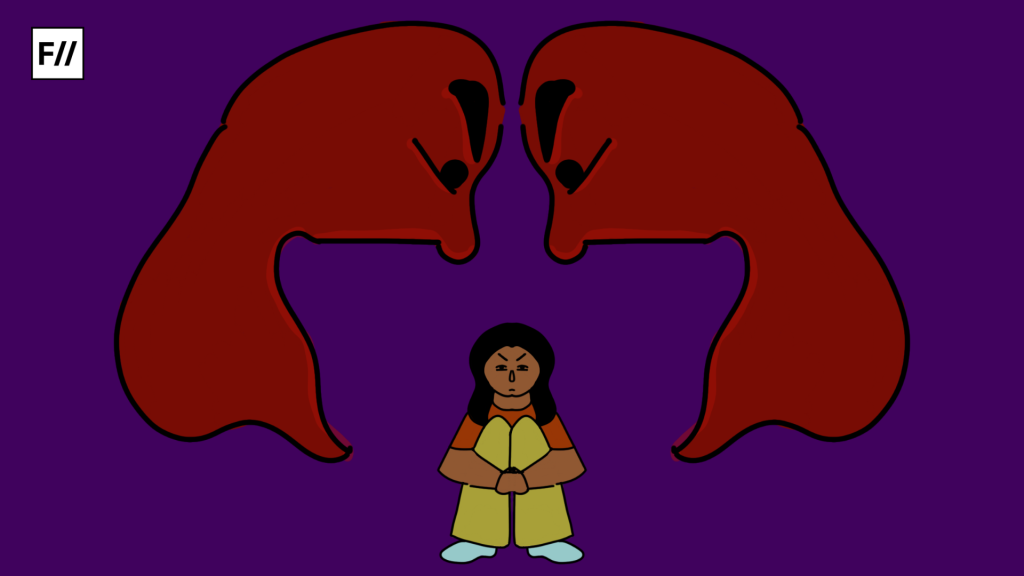
Women from marginalised groups – Dalit, Adivasi, and low-income groups – are the most impacted by the disparities in pain management. These women often face systematic barriers in the healthcare system, resulting in untreated pain and chronic health issues. Consequently, their ability to work, care for their families, and contribute to their communities is severely compromised.
The gender pain is not unique to India. For example, Black women in the US also suffer from gender-based neglect in medical settings. These global disparities reflect a deeply ingrained systematic issue that directly ties to the social and economic standing of women, especially in marginalised communities. Moving forward, immediate action to build a healthcare system that treats all women fairly is needed.
Moving towards equity: Addressing the gender pain gap
Confronting the gender pain gaps not only requires individual awareness but also systematic change. We need reprogramming of medical education from gender-sensitive training to funding research that centres around female autonomy to bridge this gap. In India, this means strengthening the public healthcare system, training providers in gender and caste sensitivity, and creating strict systems to deal with inequitable pain treatment.
Policy reforms must align with grassroots advocacy. We need strong public healthcare, gender-sensitive training, and real accountability to bridge the gender pain gap so that no woman’s pain is dismissed, no matter where she lives or who she is.
Globally we must adopt intersectional pain models and treat pain equity as a human right. The first step towards justice is recognising all pain regardless of gender, race, or class.
About the author(s)
Juhi Sanduja is an Editorial Intern at Feminism In India (FII). She is passionate about intersectional feminism, with a keen interest in documenting resistance, feminist histories, and questions of identity. She previously interned at the Centre of Policy Research and Governance (CPRG), Delhi, as a Research Intern. Currently studying English Literature and French, she is particularly interested in how feminist thought can inform public policy and drive social change.
